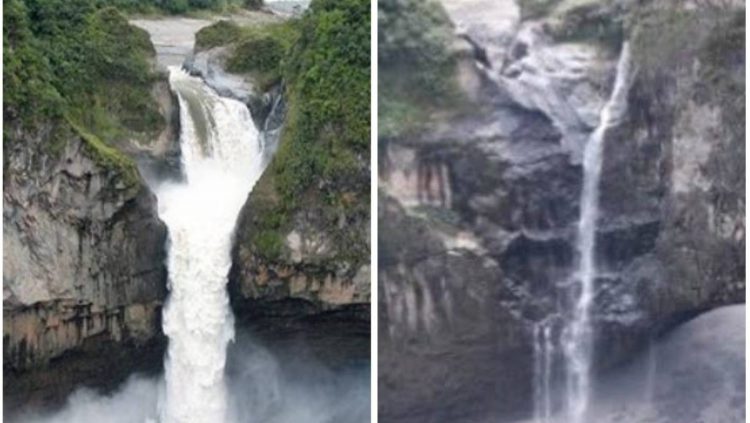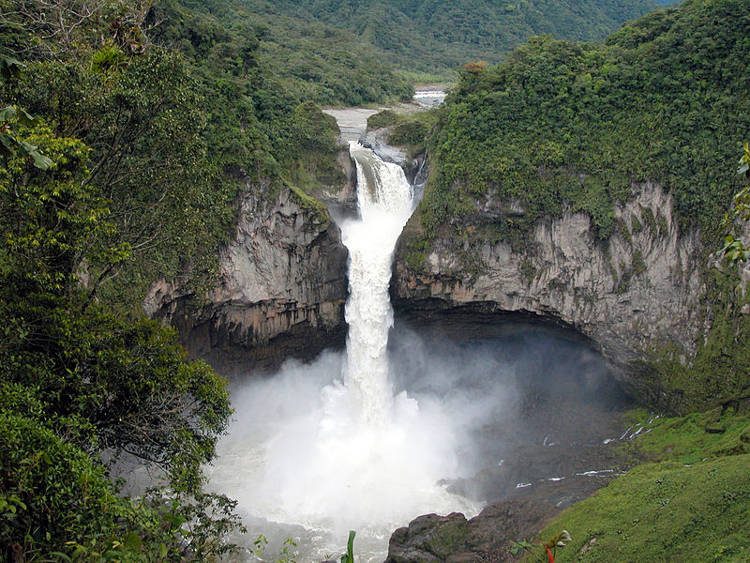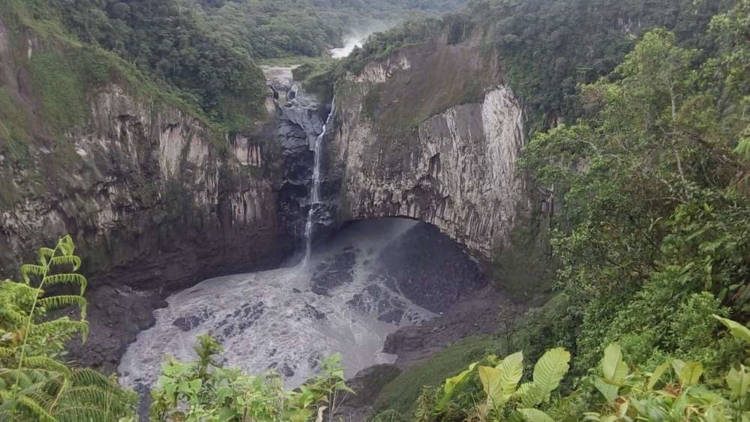The San Rafael Waterfall, one of Ecuador’s most popular tourist attraction has all but disappeared after a mysterious sinkhole diverted the gushing Coca River into three small streams.
As part of the Cayambe Coca National Park, in the Ecuadorian Amazon rainforest, the San Rafael Waterfall reportedly attracted tens of thousands of tourists every year. That’s all in the past, though, as the impressive 150-meter-high waterfall all but stopped flowing on February 2nd, after a mysterious sinkhole formed on the river fueling it, diverting the water into three small streams. All tourism to the site has been closed and the waterfall doesn’t even show up on Ecuador’s official travel website anymore.

“Unfortunately, Cascada San Rafael is now part of history and will not return,” an Ecuadorian official was quoted as saying. That’s quite a shockingly abrupt end to what was once the South American country’s largest waterfall.
The cause of the sinkhole remains uncertain, and the Government’s quick decision to lay the waterfall to rest only fueled rumors that the construction of a hyrdoplant on the Coca River was to blame.

Photo: Ministerio de Turismo Ecuador
“A waterfall that has been there for thousands of years does not collapse, coincidentally, a few years after opening a hydroelectric project,” Emilio Cobo, coordinator of the South America Water Program at the International Union for the Conservation of Nature, told Mongabay. “These are processes that are in scientific papers and there is sufficient evidence that a dam can cause effects of this type on a river.”
However, geologists like Alfredo Carrasco say that the waterfall was located in an area of volcanic activity, so it is likely that its collapse was a natural phenomenon, albeit one never recorded in the history of Ecuador.

Although the river still flows under an arch that survived the collapse of the land, seen from the place where it used to be photographed, the San Rafael Waterfall has virtually disappeared.






